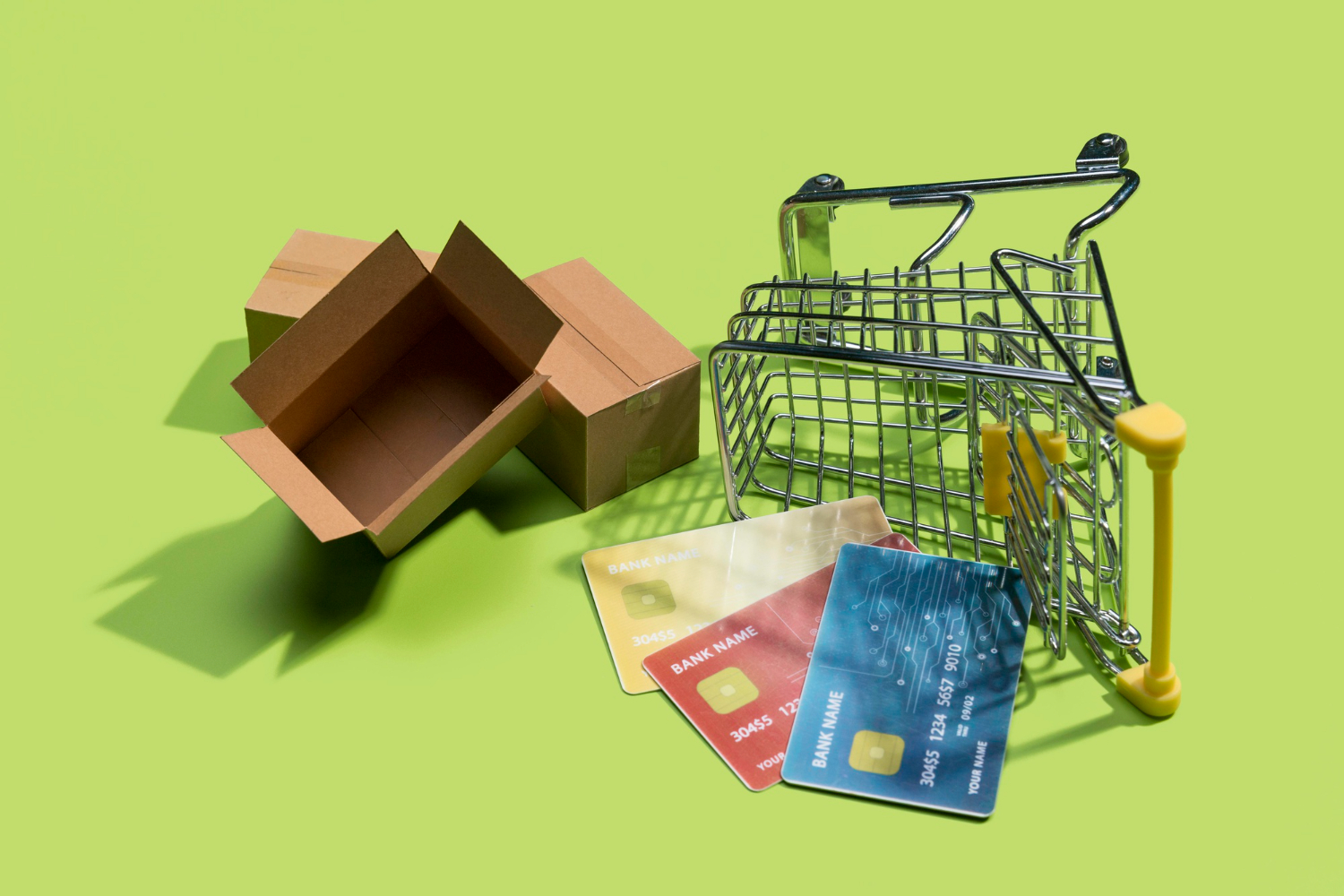
Discover how payment flexibility empowers multichannel sellers to scale globally by reducing cart abandonment, building trust, and streamlining operations.
Selling across multiple channels sounds like growth, but it brings a mess of complexity. Payment issues sit near the top. Customers in one region expect bank transfers. Others want digital wallets or cash on delivery. If sellers can’t meet those needs, the sale vanishes.
Scaling globally means thinking beyond products and shipping. Payments need to match local habits. The easier it is to pay, the more people complete their purchase. This is no longer a technical upgrade. It’s a core driver of growth. Every added method opens a new door. Sellers who adapt win faster, expand wider, and earn more trust across every channel.
Regional Preferences and the Cost of Inflexibility
Buyers don’t all pay the same way. In Germany, many prefer direct bank transfers. In Brazil, installment payments dominate. In Southeast Asia, cash on delivery remains common. Sellers who offer only cards or one global wallet end up losing sales they could have won.
People trust what they know. If a buyer doesn’t see a familiar payment method, they hesitate. They might abandon the cart. Or worse, they never return. Payment friction creates doubt. To scale across borders, sellers need to support the methods people already use and trust. Local adaptation removes barriers and opens up real growth.
Operational Gains from Unified, Adaptable Payment Systems
Selling in multiple markets brings complexity fast. Each region may have its own rules, currencies, and technical requirements. Managing all of that manually eats up time and increases the chance of errors. Sellers need systems that simplify, not multiply, their workload.
That’s where customizable payments solutions come in. These tools adapt to regional needs while keeping the backend consistent. Sellers can process payments in local currencies, stay compliant with local laws, and still view everything in one place. This kind of setup reduces friction for internal teams and keeps operations lean, even as the business expands globally.
Adaptable systems also make it easier to onboard new sales channels. When the core infrastructure is already built to handle variation, adding a new marketplace or regional storefront becomes faster and less risky. Teams spend less time troubleshooting and more time optimizing.
Trust, Compliance, and Customer Confidence
People won’t buy if they don’t feel safe. A checkout page without familiar payment options raises doubts. So does one that looks outdated or asks for too much personal data. Payment is personal. It’s the moment trust turns into action. Sellers must prioritize protecting customer data to build confidence and reduce hesitation during checkout.
Sellers can build that trust by offering secure, regionally recognized methods. Logos people know, currency they expect, and a smooth experience all make a difference. Strong compliance, such as following the Payment Card Industry Data Security Standard and local data protection laws, also plays a role. When buyers feel in control and protected, they follow through. That trust becomes loyalty. And loyalty drives long-term growth.
Lowering Cart Abandonment Rates

A buyer adds products to their cart. They head to checkout. Then they leave. It happens all the time. One of the most common reasons for cart abandonment is payment friction. Buyers expect options that match how they pay in daily life. If those are missing, they walk away.
Some abandon when their local method isn’t available. Others drop off when extra fees appear late in the process. Long forms, slow-loading pages, and currency mismatches also push people out. These aren’t minor details. They’re signals that something feels off.
To stop the leaks, sellers need payment flows that feel familiar, fast, and reliable. Showing local methods early, removing friction, and being upfront with totals help seal the deal. A smooth checkout turns browsers into buyers. Even small changes can have a big effect.
Multichannel Consistency Across Platforms
Selling on multiple platforms means juggling different checkout systems. Your website may support one set of payment tools. A marketplace might restrict you to another. Social shops often add their own layers. Without consistency, the buyer experience starts to break down.
When payment methods vary too much across channels, customers get confused. Some wonder if they are dealing with the same brand. Others hesitate when one platform looks polished while another feels clunky. Even small differences create friction.
Sellers who unify their payment experience build stronger trust. When buyers see the same options on mobile, in marketplaces, and in your direct store, they feel more confident. Streamlined payments also reduce support issues. With fewer errors, fewer complaints, and smoother transactions, your team can focus on growth. Consistency creates clarity. And clarity turns interest into action.
Measuring Success: Metrics That Matter
Tracking the right data helps sellers connect payment flexibility to real results. Each metric below reflects a different part of the customer journey.
- Conversion Rate: A higher rate means more visitors are completing purchases. If payment options feel seamless and familiar, buyers are more likely to follow through
- Cart Abandonment Rate: A rising number shows people are leaving before payment. This often happens when preferred methods or currencies are missing.
- Payment Method Usage: High usage confirms that local options are being adopted. It’s a clear signal that the right methods are in place.
- Average Order Value: An increase suggests buyers feel confident enough to spend more. Trust and convenience often lead to larger purchases.
- Chargeback Rate: A low rate indicates a smoother, more reliable payment experience. Fewer disputes mean fewer lost sales.
- Repeat Purchase Rate: More returning customers show growing loyalty. Flexible, trustworthy payments help bring people back.
Wrapping Up
Multichannel sellers who take payment flexibility seriously unlock a real advantage. It turns regional barriers into global reach. Customers feel understood. Transactions flow faster. Markets open wider. The ability to adapt is no longer optional. It powers global scale. Sellers who invest in flexible payment systems move faster, build trust, and lead with confidence. Growth follows those who meet people where they are and make buying as easy as it should be.
Was this news helpful?







 Yes, great stuff!
Yes, great stuff! I’m not sure
I’m not sure No, doesn’t relate
No, doesn’t relate



